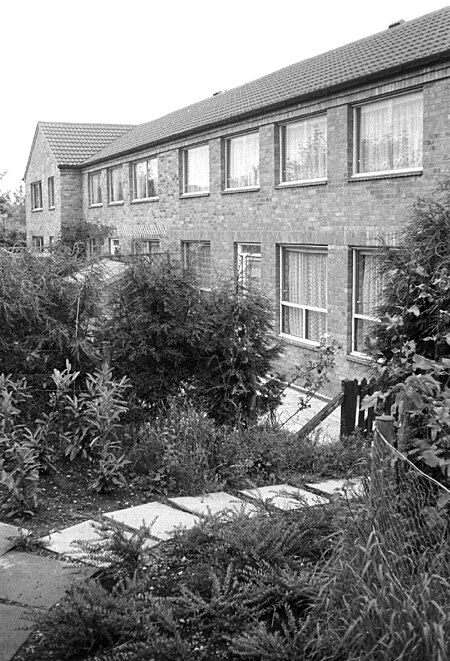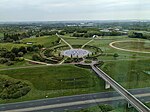Pennyland project

The Pennyland project was one of a series of low-energy building experiments sparked by the 1973 oil crisis. It involved the construction of an estate of 177 houses in the Pennyland area of Milton Keynes, Buckinghamshire, United Kingdom. It compared possible future UK building efficiency standards with newly introduced Danish ones. Although identical externally, half the Pennyland houses (Area 1) were built to the proposed 1982 UK Building Regulations energy efficiency standards. The other half (Area 2) were built to the much more demanding 1977 Danish BR77 standard. (In Europe, BR77 and the Swedish SBN-80 standards set the benchmark for low-energy housing at the time.) Sponsored by the UK Department of Energy, Department of Environment and Milton Keynes Development Corporation, and using the technical expertise of the Open University Energy Research Group, the houses were constructed during 1979 and 1980. For comparison, two additional groups of control houses, already built in 1978, were studied on an adjoining site at Neath Hill. A further group, the Linford low energy houses were built to the Pennyland Area 2 standards and used for more detailed tests.
Excerpt from the Wikipedia article Pennyland project (License: CC BY-SA 3.0, Authors, Images).Pennyland project
Bodle Close, Milton Keynes Pennyland
Geographical coordinates (GPS) Address Nearby Places Show on map
Geographical coordinates (GPS)
| Latitude | Longitude |
|---|---|
| N 52.061666666667 ° | E -0.74361111111111 ° |
Address
Bodle Close
Bodle Close
MK15 8AL Milton Keynes, Pennyland
England, United Kingdom
Open on Google Maps









